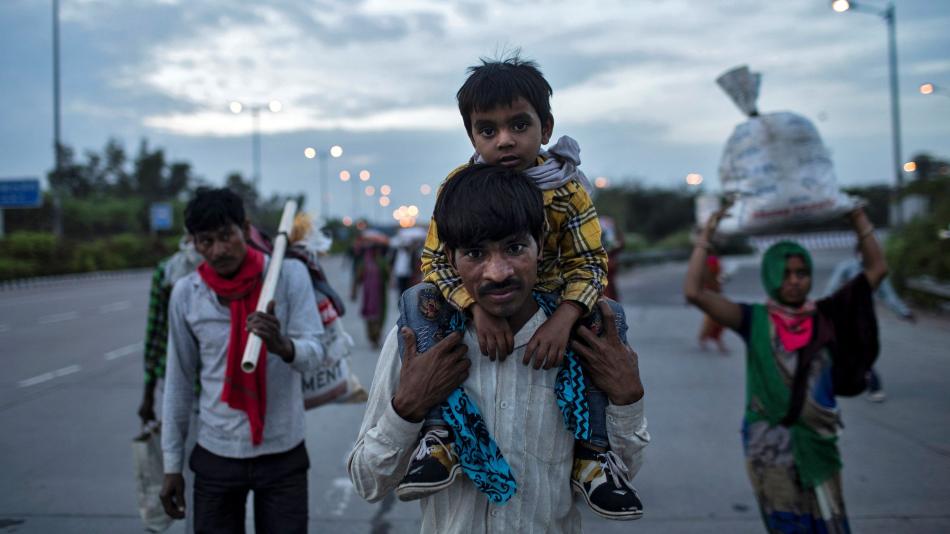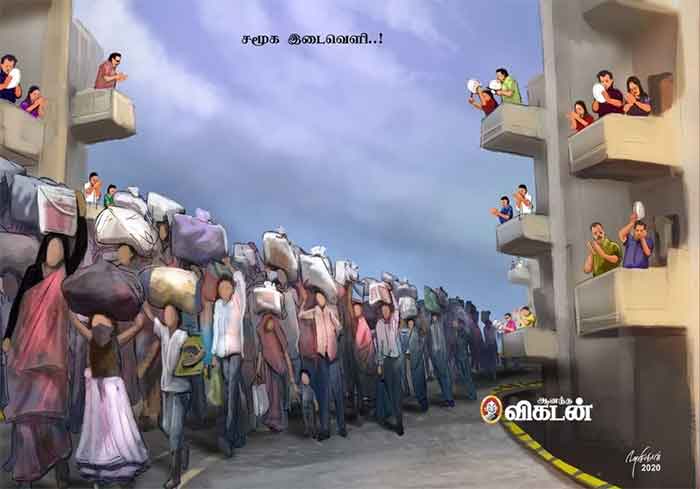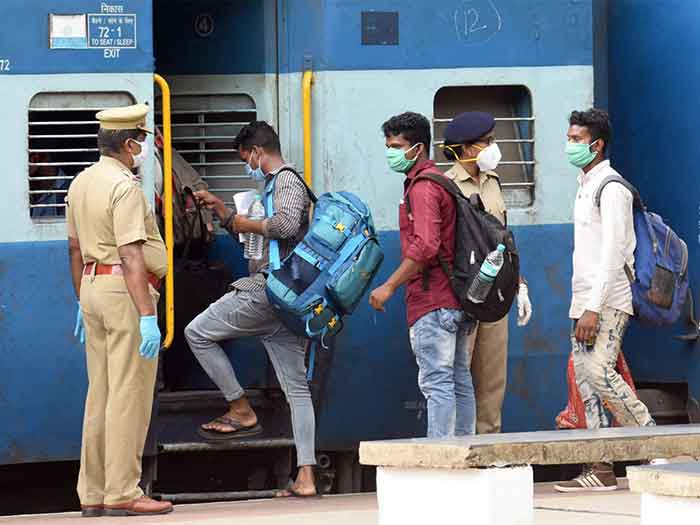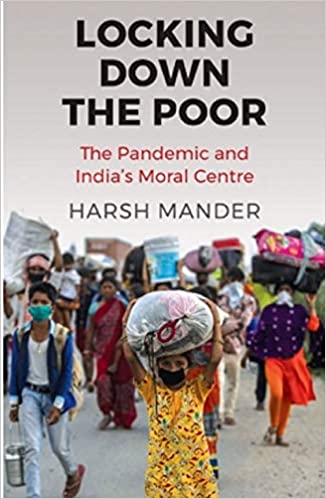Co-Written by Madhu M Gohain and Aditya Raj

In the midst of pandemic Covid-19, attention is on migrants because of their unimaginable plight. When their adopted milieu showed them the back, they longed to return “home”. Now they are being lured back. Several news and views have been about them. However, migrant as a category is not homogenous. The plight of women and children are worse. Some voices have started about women but hardly anyone is talking about children. During the pandemic when children are expected to stay inside, as they are more prone to be infected, these migrant children are on the streets. They are facing some serious issues while returning to their hometown. The problem demands proper strategy to safeguard these children rather than mere media coverage. Several social actors as we see have felt pride in giving them food packets and clicking photographs for their personal psychological gratification.
A considerable number of child migrants who are victim of the Covid-19 are from the less developed provinces in India. These children have innumerable difficulties both in the place of origin and destination. India has 15 million child migrants. Internal child migrants include children of labour migrants who are internally displaced migrants, seasonal migrants, distress migrants. In the current circumstances, the lives of child migrants are shattered which is quite evident from the cases reported nation-wide. Currently the victim of the pandemic includes various categories of internal child migrants. These children generally have a poor socio-economic background. However there are other categories namely- children left-behind when either or both parents are migrating, and children migrating independently for work. NSS has reported that 70% of the children who accompany their parents are engaged in work. So, they have a high vulnerability during the pandemic.
There are innumerable cases of emergency reported regularly across India concerning internal child migrants. The cases are deplorable, reported from the less developed states where out-migrants are highest. So, the bigger question is why are we facing such tragic situation throughout nation? To understand the problem comprehensively few cases are noted from the highest out-migrants states of Uttar Pradesh, Bihar, and Chhattisgarh. The first case was reported around mid-May which is the image of an exhausted boy child dragged in a trolley by his mother walking from Punjab to UP covering a distance of 800 km reflects the haplessness of migrants. The second was reported within a fortnight from the railway platform of Muzaffarpur in Bihar. The image shows how a child makes effort to wake up his dead mother who died after travelling in the shramik special train because of inadequate food and water. The third case was reported after few days in Mumbai Mirror. The 12-year old child died after walking 150 km from Telengana to Chhattisgarh due to exhaustion and dehydration.
These three cases are examples of the tip of the iceberg and reveal the crisis of child migrants on transit because of inadequate planning and management by the competent authorities. The cases are addressing the situations of reverse migration where children are equally affected with adult. However, if we observe keenly, the cases reported on child migrants are releasing only a part of the story. Problems faced by other categories of child migrants remain unaddressed. This is a wake up call for every stakeholder in our country. The huge populations of children left-behind in India who solely remain dependents on the remittances are out of picture.
So, what are the shortcomings which become hurdle to address the plight of internal child migrants in India? The major problem is the data on migrants and child migrants. The Covid 19 pandemic is an alarm to take the issues of internal migrants especially child migrants at the policy level. The impact of pandemic on internal child migrants should force the policy makers to independently address the crisis faced by these children on their health, education, and social security.
(About the author: Ms Gohain is a research scholar working with Dr Raj, Department of Humanities and Social Sciences, Indian Institute of Technology Patna (Bihar) India. Dr Raj completed his PhD from McGill University and was at the University of British Columbia before joining IIT Patna)
SIGN UP FOR COUNTERCURRENTS DAILY NEWSLETTER

















































